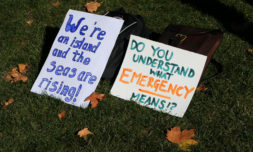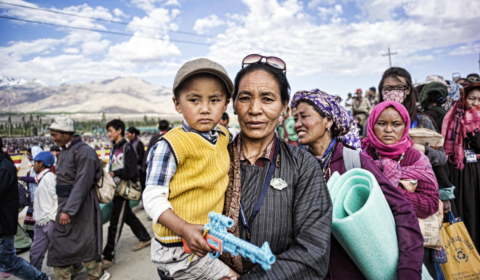Milestones and achievements from previous COPs
Here’s a quick look at some of the biggest moments from previous COPs. You can also check out more information on the Active Sustainability website.
COP 1, Berlin 1995: The very first summit saw major countries and world leaders officially agree to meet every year to discuss climate change and limit emissions. It was a start – though emissions have yet to be fully controlled.
COP 3, Kyoto 1997: This meeting saw the adoption of the Kyoto Protocol, which promises to reduce emissions of greenhouse gases in industrialised countries. In addition, it established the foundation of the carbon market.
COP 13, Bali 2007: The Kyoto Protocol to be replaced by the Bali Roadmap, which includes all countries, not just developing industrialised ones.
COP 15, Copenhagen 2009: Keeping global temperature increases below two degrees becomes official. Richer nations also pledge to finance developing countries long-term.
COP 16, Cancun 2010: The Cancun Agreements formalises previous commitments set out in Copenhagen. The Green Climate Fund is also created.
COP 17, Durban 2011: All countries agree to start reducing emissions. This includes the US, Brazil, China, India, and South Africa. A global agreement that comes into force in 2020 was introduced.
COP 18, Doha 2012: The Kyoto Protocol is extended until 2020. This was not supported by the US, China, Russia, or Canada.
COP 20, Lima 2014: All countries agree to develop and share their commitment to reducing emissions of greenhouse gases for the first time.
COP 21, Paris 2015: The Paris Agreement adopted by all to keep global warming below 2 degrees and continue to limit overall temperatures to 1.5 degrees.
COP 22, Marrakesh 2016: Three documents came from this year’s COP as the Paris Agreement came into force. First was the Marrakesh Action Proclamation, a political supporting of the Paris Agreement as Trump’s presidency loomed. Second was the Marrakesh Partnership to strengthen climate collaboration leading up to 2020, and the third was the first meeting of the CMA, a new decision-making body for the Paris Agreement.
COP 23, Bonn 2017: Progress was made on how the Paris Agreement will work in practice. A new process allowing countries to share experiences and good practices called the Talanoa Dialogue was created. A Gender Action Plan was also brought in to ensure women were involved in decisions relating to climate change solutions.
COP 24, Katowice 2018: IPCC publishes a report two months before the summit that analyses the impact of a 1.5 degree global temperature increase, pushing for greater urgency to reduce emissions.




















